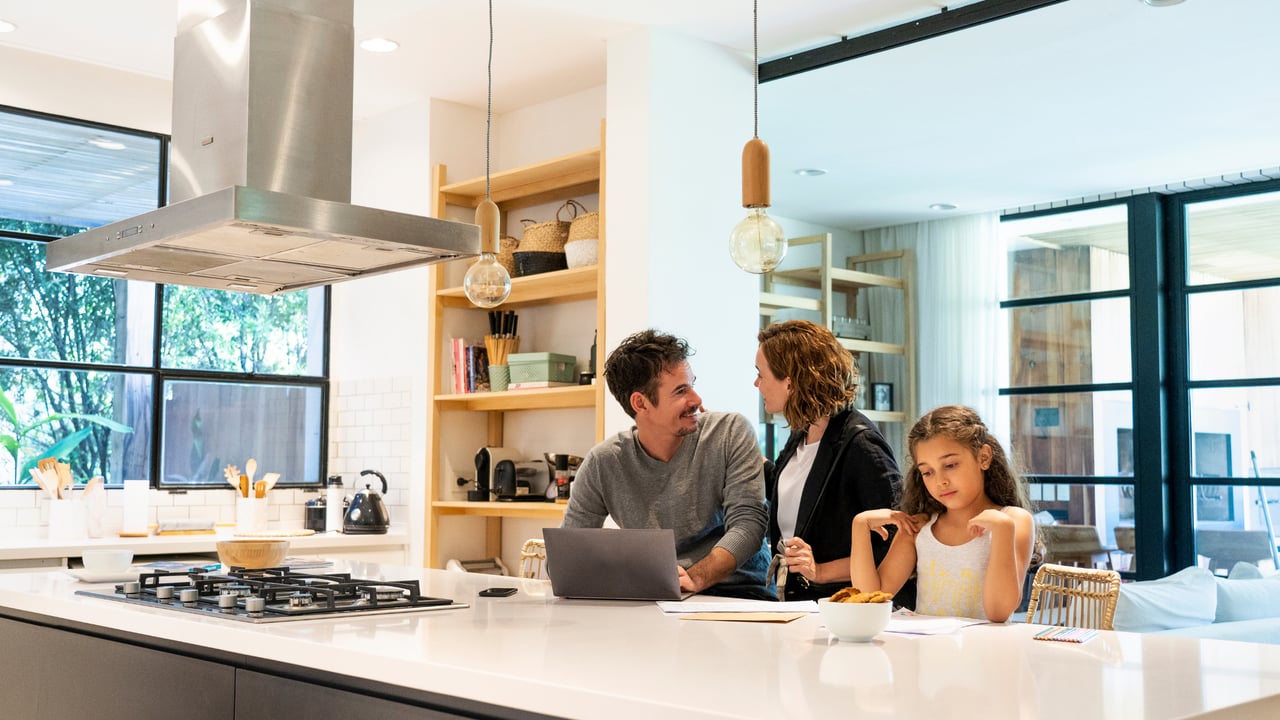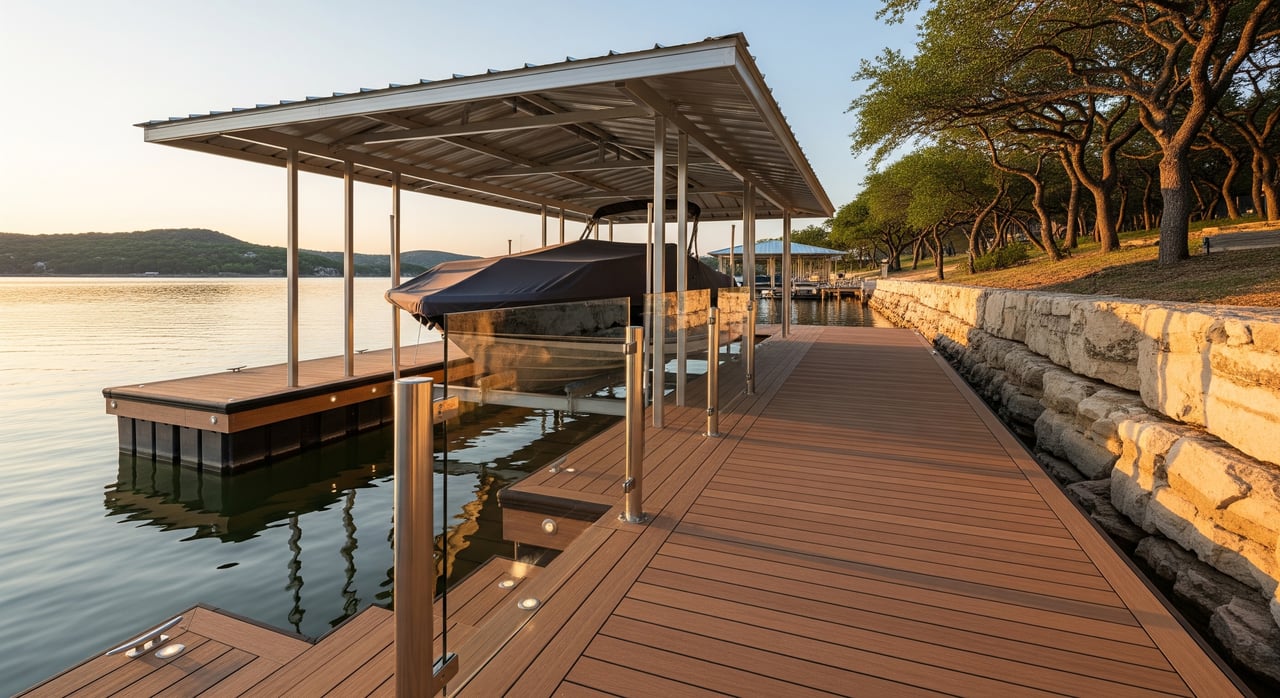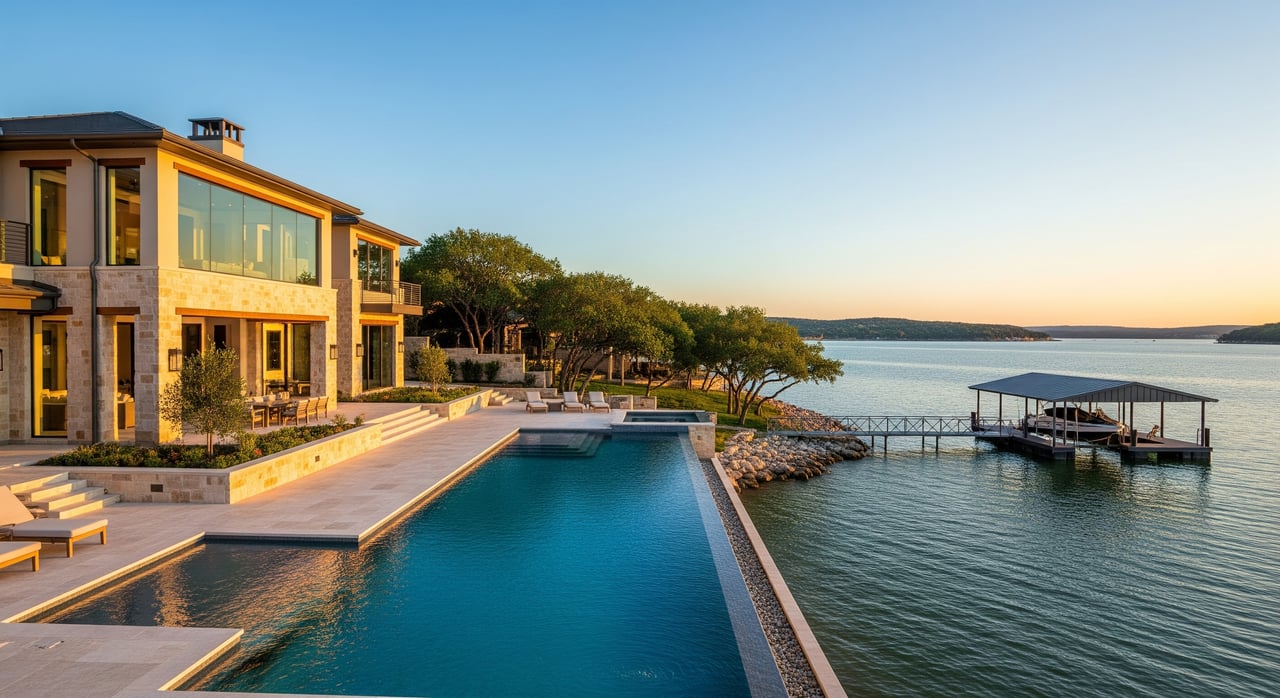When buying a family home, especially if it’s your first, the process can feel both exciting and overwhelming. You want a house that fits your budget but also provides comfort and functionality for your loved ones. Knowing the right features to prioritize will help make your search more efficient and successful. Here are the key things to look for when buying your first house, with a special focus on the elements that matter most for families.
1. The Right Location for Your Family’s Needs
Location is one of the most critical factors to evaluate when choosing a family home. Proximity to schools, parks, daycare centers, and healthcare facilities should be at the top of your checklist. For families with children, being in a highly rated school district can make a significant difference in your child’s education and future.
Additionally, consider the surrounding neighborhood. Is it walkable and family-friendly? Are there nearby grocery stores, libraries, or places for extracurricular activities? Take some time to visit the area during different times of the day to get a feel for the atmosphere and community vibe.
Additionally, consider the surrounding neighborhood. Is it walkable and family-friendly? Are there nearby grocery stores, libraries, or places for extracurricular activities? Take some time to visit the area during different times of the day to get a feel for the atmosphere and community vibe.
2. Sufficient Space for Everyone
A family home should have enough room for all current and future household members. Look for a property that offers the right balance of shared spaces and private rooms. For instance, a spacious living room or open-plan kitchen can serve as the heart of the home, where everyone gathers to spend quality time together.
In addition, bedrooms should accommodate your growing family. Even if you don’t have children yet, it’s wise to think ahead. Having extra rooms for guests, a home office, or a playroom adds long-term versatility. Storage is also crucial—ample closets, attic space, or a garage will help keep your home organized and clutter-free.
In addition, bedrooms should accommodate your growing family. Even if you don’t have children yet, it’s wise to think ahead. Having extra rooms for guests, a home office, or a playroom adds long-term versatility. Storage is also crucial—ample closets, attic space, or a garage will help keep your home organized and clutter-free.
3. Functional Layout and Design
The layout of a home significantly affects the functionality of a family. Look for features like an open floor plan, which promotes connectivity between rooms, making it easier to keep an eye on kids while preparing meals. Bedrooms located on the same floor might also be ideal for families with young children, ensuring peace of mind at night.
Pay attention to practical design details such as sturdy flooring, low-maintenance countertops, and child-safe features like rounded corners on fixtures or enclosed staircases. The right layout will make daily routines smoother and more enjoyable for everyone.
Pay attention to practical design details such as sturdy flooring, low-maintenance countertops, and child-safe features like rounded corners on fixtures or enclosed staircases. The right layout will make daily routines smoother and more enjoyable for everyone.
4. Outdoor Spaces for Play and Relaxation
A good family home doesn’t just meet your needs indoors—it should offer outdoor spaces for recreation, relaxation, and entertaining. Whether it’s a backyard, patio, or nearby community park, having access to safe outdoor areas is vital for children to play, explore, and stay active.
If you have pets or plan to get them, a fenced yard can provide a safe space for them to roam. Outdoor areas are also perfect for hosting barbecues, gardening, or simply unwinding after a long day. Consider how much time your family enjoys spending outside and choose a home with outdoor options that align with your lifestyle.
If you have pets or plan to get them, a fenced yard can provide a safe space for them to roam. Outdoor areas are also perfect for hosting barbecues, gardening, or simply unwinding after a long day. Consider how much time your family enjoys spending outside and choose a home with outdoor options that align with your lifestyle.
5. Convenient Access to Amenities
The convenience of nearby amenities can greatly enhance your family’s quality of life. Check the distance to grocery stores, shopping centers, and dining options. If your family enjoys extracurricular activities like sports, art classes, or music lessons, it’s worth finding a home that provides easy access to such opportunities.
Consider your commute to work and how it will impact family time. Shorter travel times mean more hours spent together, creating a healthier work-life balance. Homes near major highways or public transit can be especially valuable if you plan to travel frequently.
Consider your commute to work and how it will impact family time. Shorter travel times mean more hours spent together, creating a healthier work-life balance. Homes near major highways or public transit can be especially valuable if you plan to travel frequently.
6. Good Resale Value and Long-Term Potential
Even if you plan to stay in your family home for many years, thinking ahead to its resale potential is always a smart move. Homes in desirable school districts, well-maintained neighborhoods, or areas with growing job markets tend to appreciate in value over time.
Investing in a house with quality construction and timeless design can help ensure that your home remains attractive to future buyers. If you’re considering new construction, research the builder’s reputation and the surrounding development plans for the area.
Investing in a house with quality construction and timeless design can help ensure that your home remains attractive to future buyers. If you’re considering new construction, research the builder’s reputation and the surrounding development plans for the area.
7. Energy Efficiency and Low Maintenance Costs
Family homes often come with higher utility and maintenance costs due to their larger size and higher usage levels. Look for energy-efficient features such as insulated windows, smart thermostats, and Energy Star-rated appliances. Not only will these features help you save money on bills, but they also reduce your family’s environmental footprint.
Low-maintenance homes are another important consideration. Durable materials, like vinyl siding and composite decking, can minimize upkeep and give you more time to enjoy life with your family instead of dealing with frequent repairs.
Low-maintenance homes are another important consideration. Durable materials, like vinyl siding and composite decking, can minimize upkeep and give you more time to enjoy life with your family instead of dealing with frequent repairs.
8. Community and Lifestyle Fit
The right family home isn’t just about the house itself—it’s about the community you’ll be joining. Look for a neighborhood where you and your family can thrive. Check for events or gatherings that foster connections, such as block parties, farmers’ markets, or local clubs.
If your family values a specific lifestyle—whether it’s outdoor recreation, a tight-knit community, or city convenience—prioritize homes in areas that reflect those values. The ideal family home supports your unique way of life and helps you feel at ease.
If your family values a specific lifestyle—whether it’s outdoor recreation, a tight-knit community, or city convenience—prioritize homes in areas that reflect those values. The ideal family home supports your unique way of life and helps you feel at ease.
9. Inspecting the Home’s Condition
Last but not least, assess the condition of the property. A professional home inspection can uncover issues like structural problems, outdated systems, or water damage. For first-time buyers, this step is particularly important to avoid unexpected repairs that could strain your budget.
If you’re buying a fixer-upper, carefully evaluate the costs of renovations against your family’s immediate needs. While some upgrades can add value, others might require too much time, effort, or expense to make the home livable in the short term.
Finding the perfect family home takes patience and careful consideration of both current and future needs. By prioritizing location, space, layout, and long-term value, you can make an informed decision that will keep your family happy for years to come.
If you’re buying a fixer-upper, carefully evaluate the costs of renovations against your family’s immediate needs. While some upgrades can add value, others might require too much time, effort, or expense to make the home livable in the short term.
Finding the perfect family home takes patience and careful consideration of both current and future needs. By prioritizing location, space, layout, and long-term value, you can make an informed decision that will keep your family happy for years to come.
Partner with Megan DiBartolo
If you’re ready to take the next step, reach out to Megan DiBartolo. With her expertise and dedication, she can help you navigate the process and find the ideal home for your family’s needs. Let Megan guide you in making your dream home a reality.




